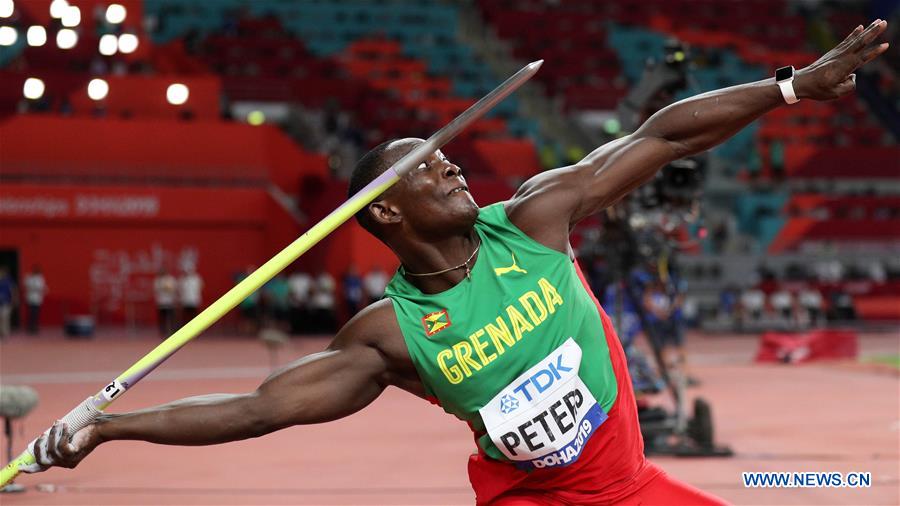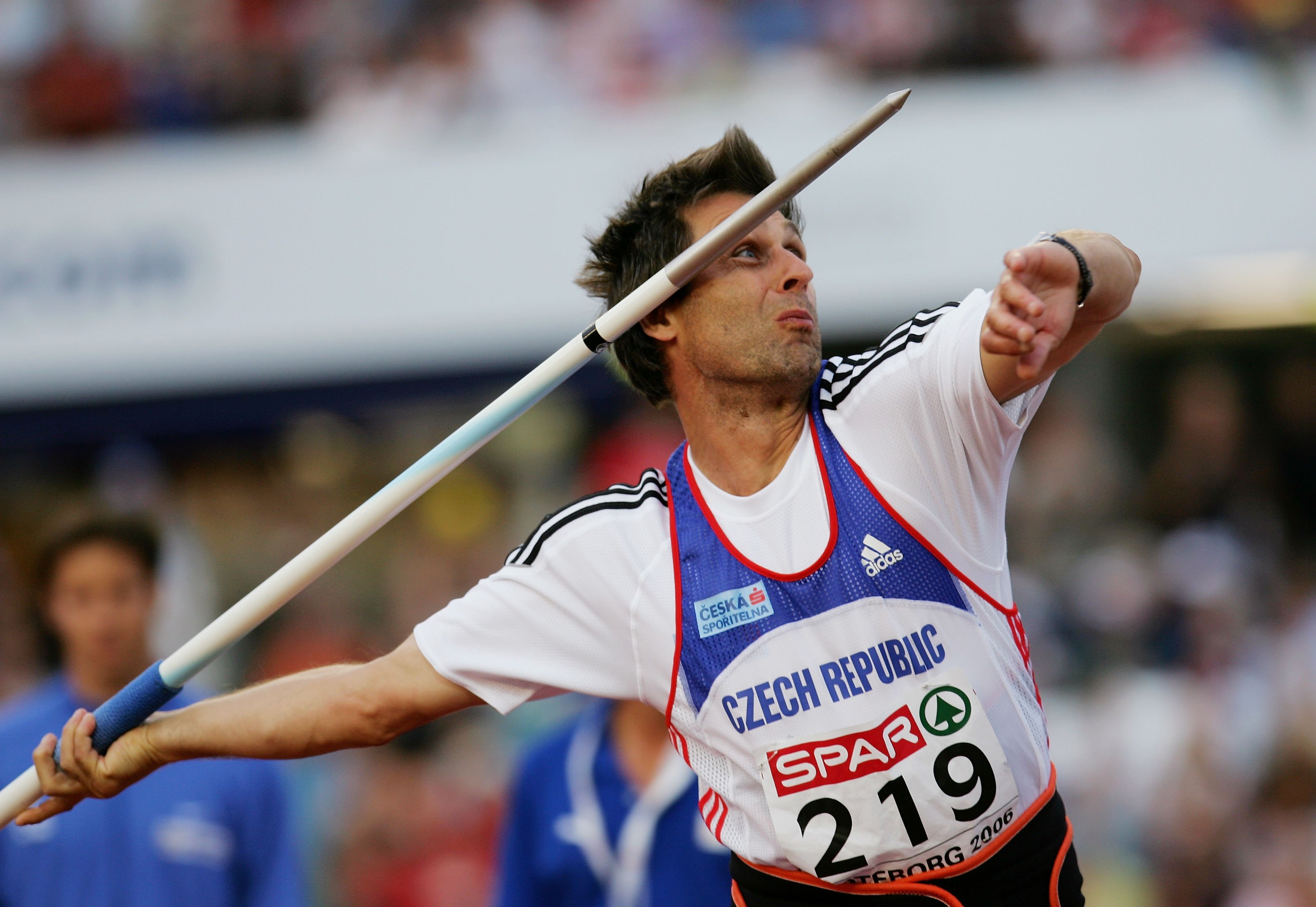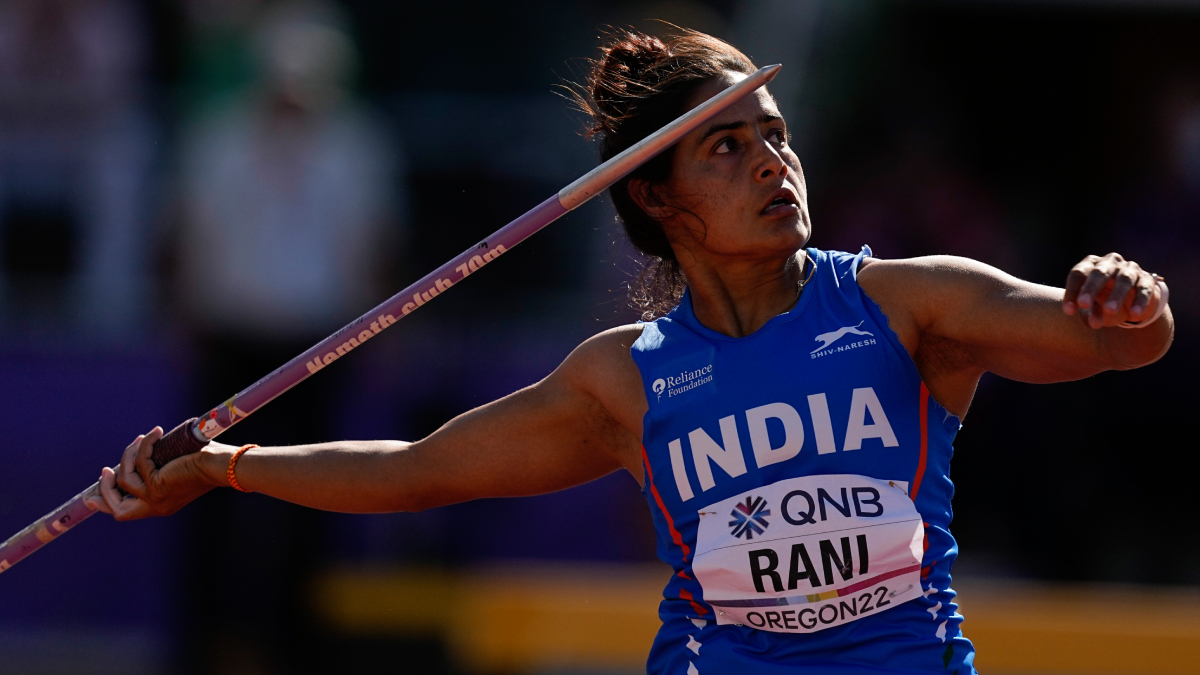The Men’s Javelin Throw Final

The men’s javelin throw is a thrilling event in athletics, demanding both strength and precision. It’s a test of athleticism, strategy, and the ability to harness the power of momentum. It’s a spectacle that has captivated audiences for generations.
History and Significance
The javelin throw has deep roots in ancient history, with evidence suggesting its practice dating back to prehistoric times. It was incorporated into the ancient Olympic Games in 708 BC, highlighting its importance in ancient Greek culture. The modern javelin throw, as we know it today, evolved in the late 19th century, becoming a staple of modern athletics. Its inclusion in the Olympic Games in 1908 solidified its place on the global stage.
Evolution of Javelin Design
The javelin has undergone significant design changes throughout its history, impacting throwing techniques and performance. Initially, javelins were made of wood, but advancements in materials led to the use of metal and eventually fiberglass. The introduction of fiberglass in the 1950s revolutionized the sport. Fiberglass javelins are lighter and more flexible, allowing athletes to achieve greater throwing distances.
Notable Athletes and Achievements
The men’s javelin throw has seen its share of legendary athletes who have pushed the boundaries of human performance.
- Jan Železný (Czech Republic): Considered one of the greatest javelin throwers of all time, Železný holds the world record with a throw of 98.48 meters, set in 1996. He won three Olympic gold medals (1992, 1996, 2000) and dominated the sport for over a decade.
- Andreas Thorkildsen (Norway): Thorkildsen is another notable javelin thrower, winning two Olympic gold medals (2004, 2008) and demonstrating exceptional consistency in his throws.
- Aki Parviainen (Finland): Parviainen is a Finnish javelin thrower who won the 2005 World Championship, showcasing the strength of Finnish athletes in the sport.
The Mechanics of the Throw

The javelin throw is a complex and demanding event that requires a combination of strength, speed, and technique. Athletes must execute a series of movements with precision and power to launch the javelin as far as possible. The throw can be broken down into four distinct phases: the approach, the plant, the throw, and the follow-through. Each phase plays a crucial role in maximizing distance and accuracy.
The Approach
The approach is the initial phase of the throw, where the athlete builds up momentum and prepares for the plant. The approach run should be smooth and controlled, with a gradual increase in speed. The athlete should maintain a balanced posture, ensuring their body is aligned and their weight is distributed evenly. As the athlete approaches the plant, they should progressively shift their weight from their back foot to their front foot, generating power through their lower body. The approach distance can vary depending on the athlete’s individual style and the length of the runway.
The Plant
The plant marks the transition from the approach to the throw. The athlete’s front foot, typically the left foot for right-handed throwers, is firmly planted on the ground. This is a crucial moment for transferring momentum and generating power. The athlete’s weight should be fully transferred to the planted foot, while their body remains balanced and stable. The plant should be executed with a controlled, powerful step, ensuring that the foot is planted at the optimal angle to provide a solid base for the throw.
The Throw
The throw is the most dynamic phase of the javelin throw, where the athlete releases the javelin with maximum force and accuracy. The throw involves a series of coordinated movements, starting with the transfer of weight from the planted foot to the throwing arm. The athlete’s upper body rotates powerfully, generating momentum and propelling the javelin forward. The javelin is held in a grip that allows for maximum control and leverage. The thrower’s arm should be fully extended at the point of release, ensuring the javelin is launched at an optimal angle.
The Follow-Through
The follow-through is the final phase of the throw, where the athlete maintains their balance and completes the throwing motion. The athlete’s body should continue rotating after the release of the javelin, with the throwing arm extending fully. The follow-through helps to ensure a smooth and controlled release, minimizing any unnecessary movements that could affect the javelin’s trajectory.
Biomechanics of the Throw
The javelin throw is a complex biomechanical event that involves the coordinated action of multiple muscle groups. The approach, plant, and throw phases all contribute to the transfer of energy from the lower body to the upper body and ultimately to the javelin.
Muscle Activation
The javelin throw requires the activation of various muscle groups, including the legs, core, and upper body. During the approach, the athlete’s legs generate power and momentum through the use of the quadriceps, hamstrings, and glutes. The core muscles, including the abdominals and obliques, play a crucial role in maintaining balance and stability throughout the throw. The upper body muscles, such as the latissimus dorsi, pectoralis major, and deltoids, are responsible for generating the power and rotation needed to launch the javelin.
Energy Transfer
The efficiency of the javelin throw depends on the athlete’s ability to transfer energy from the lower body to the upper body and ultimately to the javelin. This energy transfer occurs through a series of coordinated movements, starting with the approach and continuing through the plant and throw phases. The athlete’s lower body generates momentum, which is then transferred to the upper body through the rotation of the hips and shoulders. Finally, the energy is transferred to the javelin through the powerful extension of the throwing arm.
Techniques for Maximizing Distance and Accuracy, Men’s javelin throw final
Top javelin throwers employ a variety of techniques to maximize distance and accuracy. These techniques focus on optimizing the athlete’s body mechanics and maximizing the transfer of energy to the javelin.
Grip and Release
The grip on the javelin is crucial for maximizing distance and accuracy. The athlete should grip the javelin firmly but not too tightly, allowing for a smooth and controlled release. The javelin should be held at a specific point along its length, depending on the athlete’s individual style and the length of the javelin. The release point is also critical for maximizing distance. The athlete should aim to release the javelin at an optimal angle, typically around 45 degrees, to achieve maximum distance.
Rotation and Momentum
Rotation is a key element in maximizing distance in the javelin throw. The athlete’s body should rotate powerfully from the hips to the shoulders, generating momentum and transferring energy to the javelin. The athlete’s core muscles play a crucial role in maintaining balance and stability during this rotation.
Follow-Through
The follow-through is an often-overlooked but essential element of the javelin throw. The athlete’s body should continue rotating after the release of the javelin, with the throwing arm extending fully. This helps to ensure a smooth and controlled release, minimizing any unnecessary movements that could affect the javelin’s trajectory.
Training and Practice
To achieve peak performance in the javelin throw, athletes need to engage in rigorous training and practice. This training should focus on developing strength, speed, and technique. Athletes should work on strengthening their lower body, core, and upper body muscles. They should also practice their approach, plant, throw, and follow-through techniques, focusing on maximizing efficiency and power.
The Final Showdown: Men’s Javelin Throw Final

The javelin throw final is a thrilling spectacle of athleticism, precision, and mental fortitude. The best throwers in the world converge, each striving to unleash the perfect throw and etch their name in the history books. But beyond the raw power and technical skill, there are several crucial factors that determine the victor in this intense competition.
Key Factors
The outcome of a javelin throw final hinges on a delicate balance of technical proficiency, physical prowess, and mental resilience. Here are some key factors that contribute to a winning performance:
- Technical Execution: The javelin throw is a complex technical event, and a flawless execution is essential for maximizing distance. This involves a precise run-up, a powerful and controlled release, and a smooth follow-through. Even the slightest deviation in technique can significantly impact the throw’s distance.
- Physical Strength and Endurance: Javelin throwers require exceptional upper body strength to generate the necessary power for a long throw. They also need strong core muscles for stability and endurance to maintain their form throughout the competition.
- Wind Conditions: Wind plays a crucial role in javelin throwing. A tailwind can significantly increase the throw’s distance, while a headwind can hinder it. Experienced throwers adapt their strategies to optimize their throws based on the prevailing wind conditions.
- Mental Focus: The pressure of a final can be immense, and maintaining mental focus is paramount. Throwers need to block out distractions, stay calm under pressure, and remain confident in their abilities to execute their throws consistently.
Strategies for Success
Athletes employ various strategies to gain an advantage in the final. These strategies aim to maximize their performance while minimizing the impact of external factors:
- Early Throws: Some athletes prefer to start with conservative throws, gauging the competition and building momentum gradually. This strategy allows them to avoid early mistakes and adjust their approach based on the throws of their competitors.
- Aggressive Throws: Others opt for aggressive throws from the outset, aiming to establish an early lead and put pressure on their opponents. This strategy requires confidence and a willingness to take risks, but it can be highly effective if executed well.
- Wind Adaptation: Experienced throwers carefully analyze the wind conditions and adjust their throwing angle and technique to optimize their throws. This can involve shortening their run-up or modifying their release point to account for the wind’s direction and strength.
- Mental Game: The mental game is crucial in a final. Athletes need to maintain focus, visualize their throws, and stay positive even when faced with challenges. They might use techniques like deep breathing, meditation, or positive self-talk to manage stress and enhance their performance.
Psychological Aspects
The men’s javelin throw final is a battle of nerves as much as it is a battle of strength and technique. The psychological pressure can be intense, and athletes need to manage their emotions effectively to perform at their best:
- Pressure Management: The weight of expectations and the desire to win can be overwhelming. Athletes need to develop strategies to manage pressure and avoid succumbing to anxiety. This might involve focusing on their process, setting realistic goals, and staying present in the moment.
- Focus and Concentration: The ability to maintain focus and concentration throughout the competition is essential. Throwers need to block out distractions, stay focused on their technique, and avoid getting caught up in the excitement or pressure of the event.
- Resilience and Adaptability: Setbacks are inevitable in a competition like this. Throwers need to be resilient, bounce back from mistakes, and adapt their approach based on the evolving circumstances of the final.
The men’s javelin throw final is a thrilling display of athleticism, where competitors hurl spears with impressive force and precision. It’s a sport that requires both strength and finesse, much like navigating the complex world of celebrity relationships, like the ongoing speculation surrounding Hunter Schafer dating.
Back to the javelin throw, the final moments of the competition are always tense, as athletes strive to achieve that perfect throw, earning them a place on the podium and the admiration of the crowd.
The men’s javelin throw final was a thrilling spectacle of athletic prowess, with athletes launching their spears with impressive force and accuracy. As the competition unfolded, spectators could be seen perched on white metal mesh chairs , their eyes glued to the action, no doubt hoping to catch a glimpse of the winning throw.
The tension was palpable as the final thrower took aim, the fate of the competition hanging in the balance.
